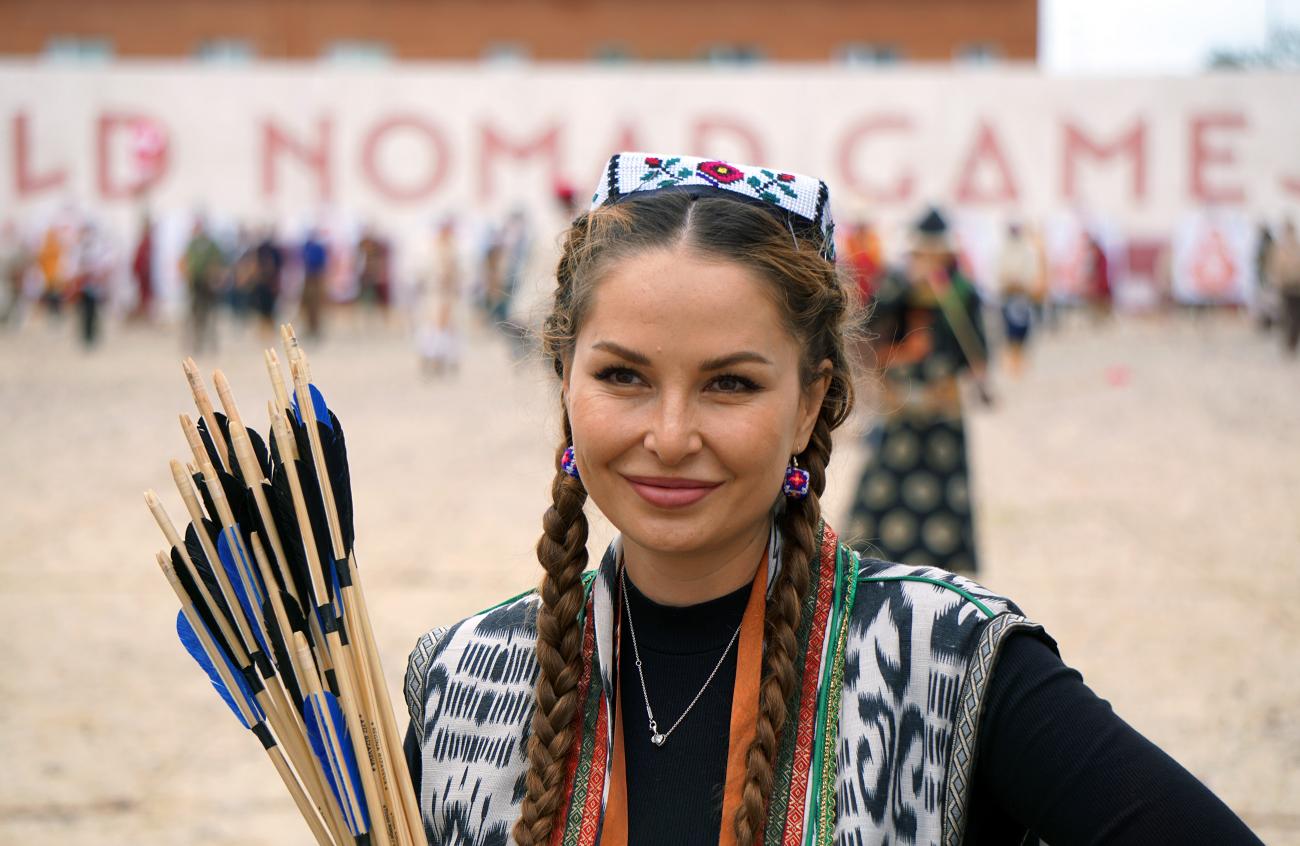The 5th World Nomad Games
“Are you here for the World Nomad Games?” asks my airport pickup driver through Google translate, which everyone seems to use since little English is spoken here. I tell him I am and proceed to reel off some of the sports I’m seeing to aid the stilted conversation. When I mention Kokpar his eyes light up. “I used to play Kokpar” he says, and proceeds to part his hair and show me a huge scar across his head. “Now I just play Asyk (bone throwing)”, he laughs.
Kokpar (basically polo played with a goat’s carcass) is a rough game alright, and one that has many devoted fans here, with a national federation and annual competitions, and it’s by far the most eagerly anticipated of all the World Nomad Games.
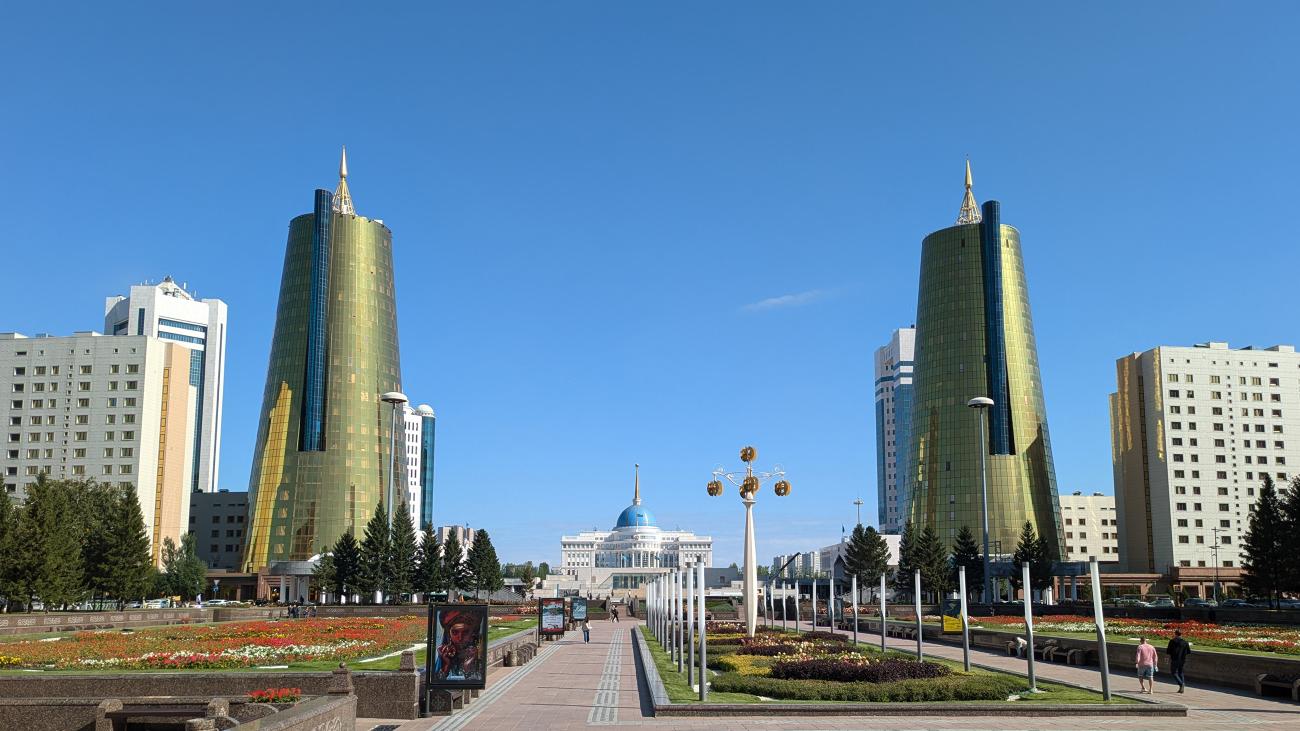
Before the games start however, I explore Astana on a city tour, and am amazed at the modernity of the place. “I used to hunt rabbits here 20 years ago” says my driver as we pass through the vast Expo space consisting of a museum and a glitzy shopping mall. It’s hard to imagine it was once all fields round here, but the city is expanding at a rapid pace, and a new metro system is being constructed by the Chinese. Aside from gazing in wonder at all the shiny new buildings in Astana, a visit to the National Museum is a must, in particular to see the Golden Man, an ancient warrior discovered wonderfully preserved in his golden finery. Other highlights include the golden mosque, the museum of energy at the Expo Site and the smart and clean city centre with its Washington-style mall featuring the Presidential Palace and the iconic Bayterek Tower.
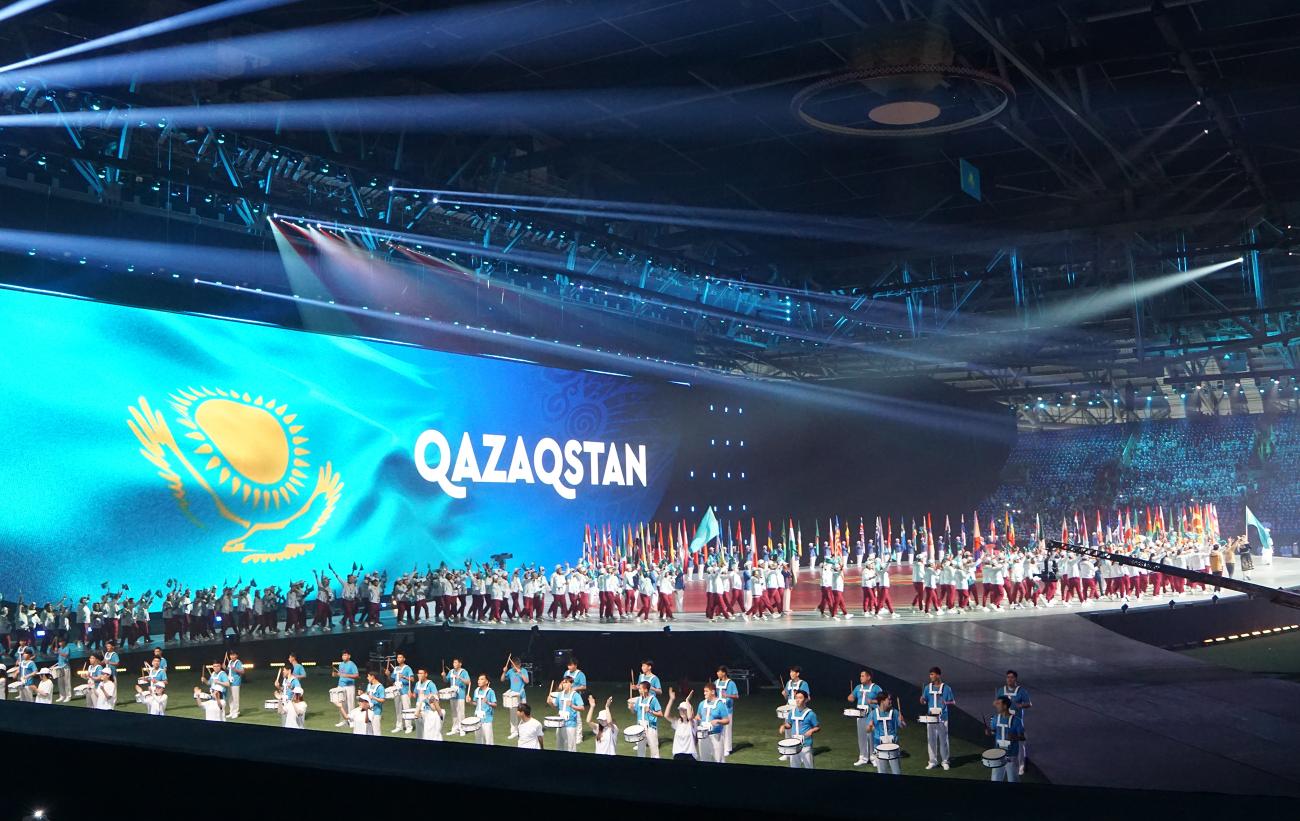
Whilst the city may be modernizing at a gas-fuelled pace, the Kazakhs seem to be rediscovering their pre-Soviet heritage, and nowhere is this more obvious than in the success of this year’s World Nomad Games. Inaugurated in neighbouring Kyrgyzstan in 2014, the 5th WNG to be held were almost cancelled at the last minute when the country suffered devastating floods. Someone decided the show must go on, and they are hopefully now enjoying a huge helping of I told you so. I’ve been to a few sporting events – the London Olympics, more than enough disappointing Hull City matches, tennis grand slams and the like, but this is without doubt the most colourful and friendliest event I’ve been to.
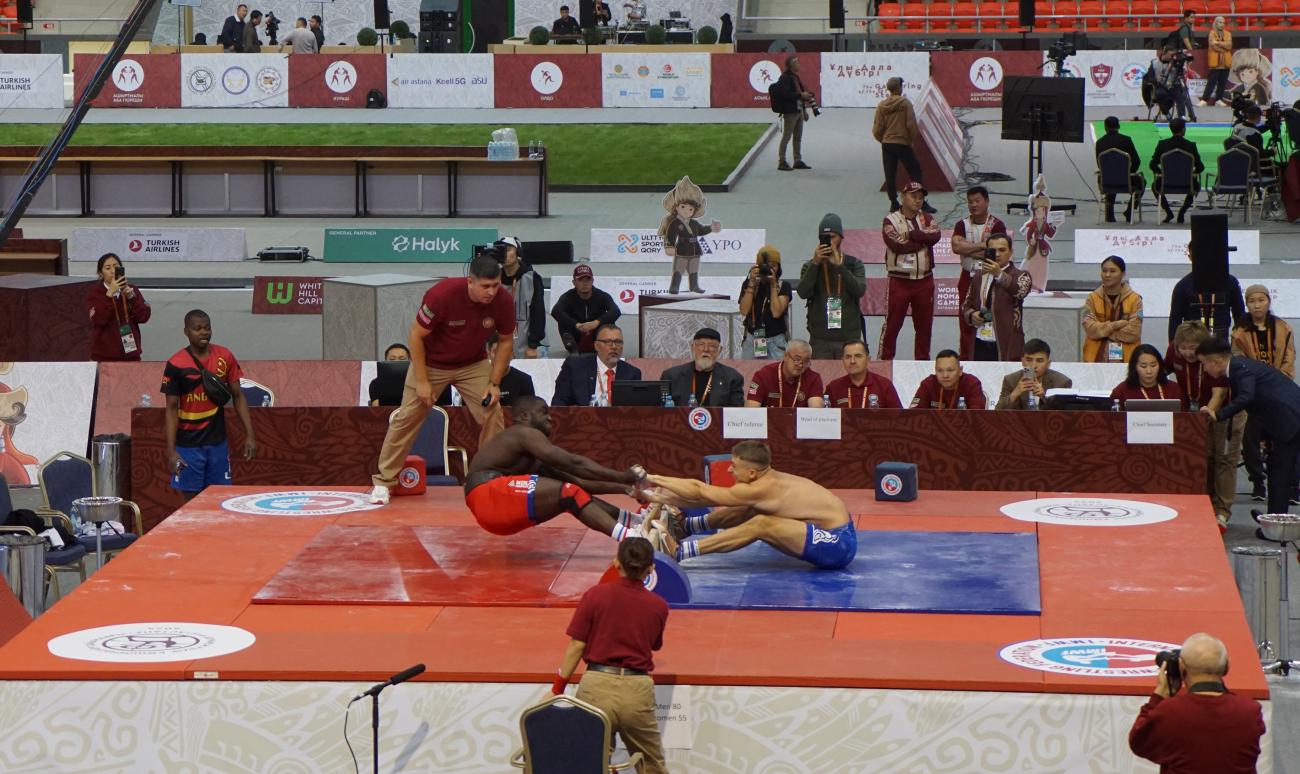
Right from the opening ceremony, featuring a flag-walk from the 89 competing nations, spectacular music and dance and videos highlighting the history of Kazakhstan from the golden man to the Silk Road and beyond, the games were a huge success. Events were held in modern venues throughout the city, with indoor sports taking place at the Ice Arena where the Astana Snow Leopards usually play ice hockey. Here we watched mas wrestling (above), tug of war, Kurash (a form of judo) and Asyk Atu, with every Kazakh competitor being greeted with a wall of noise and flag-waving.
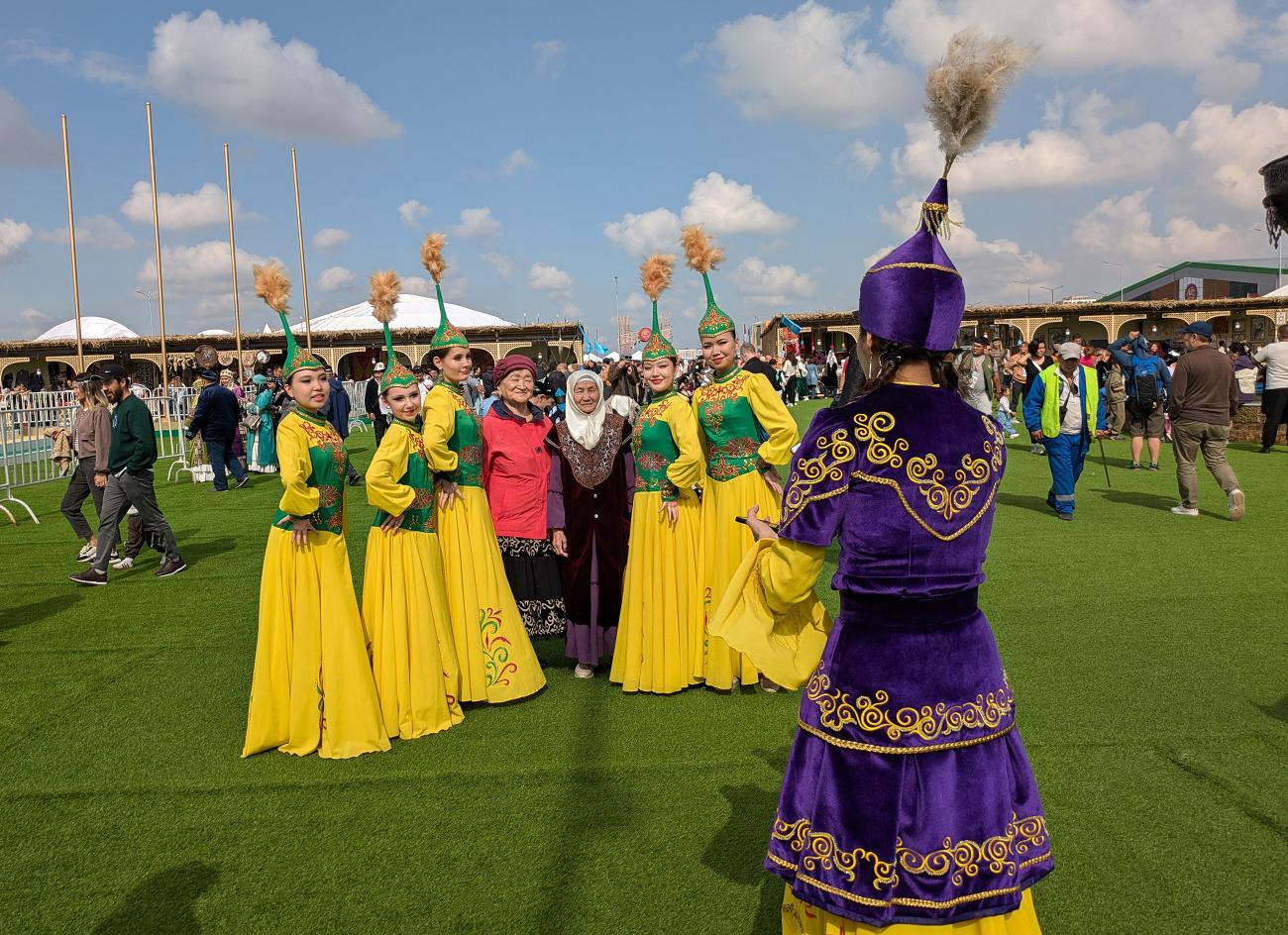
The other main arena was in the far south of the city, at the city’s racetrack and the newly built ethno-village. Now anything with the term ‘ethno’ usually raises alarm bells here at Wild Frontiers, but this was a real highlight. Each distinct region of Kazakhstan was represented with a yurt showcasing their culture, and offering handicrafts for sale. Particularly impressive were the displays of national dress, so incredibly varied and colourful that there seemed to be a photo opportunity at every turn. Yet it was not just the few international tourists who were keen to take photos, local Astanans seemed as fascinated and engaged with the country’s traditions as anyone, and it’s not overegging it to say the games might help Kazakhstan rediscover itself. City children took turns to have their photo alongside nomadic eagle hunters, and locals enjoyed tasting fermented mare’s milk and exploring the yurts.
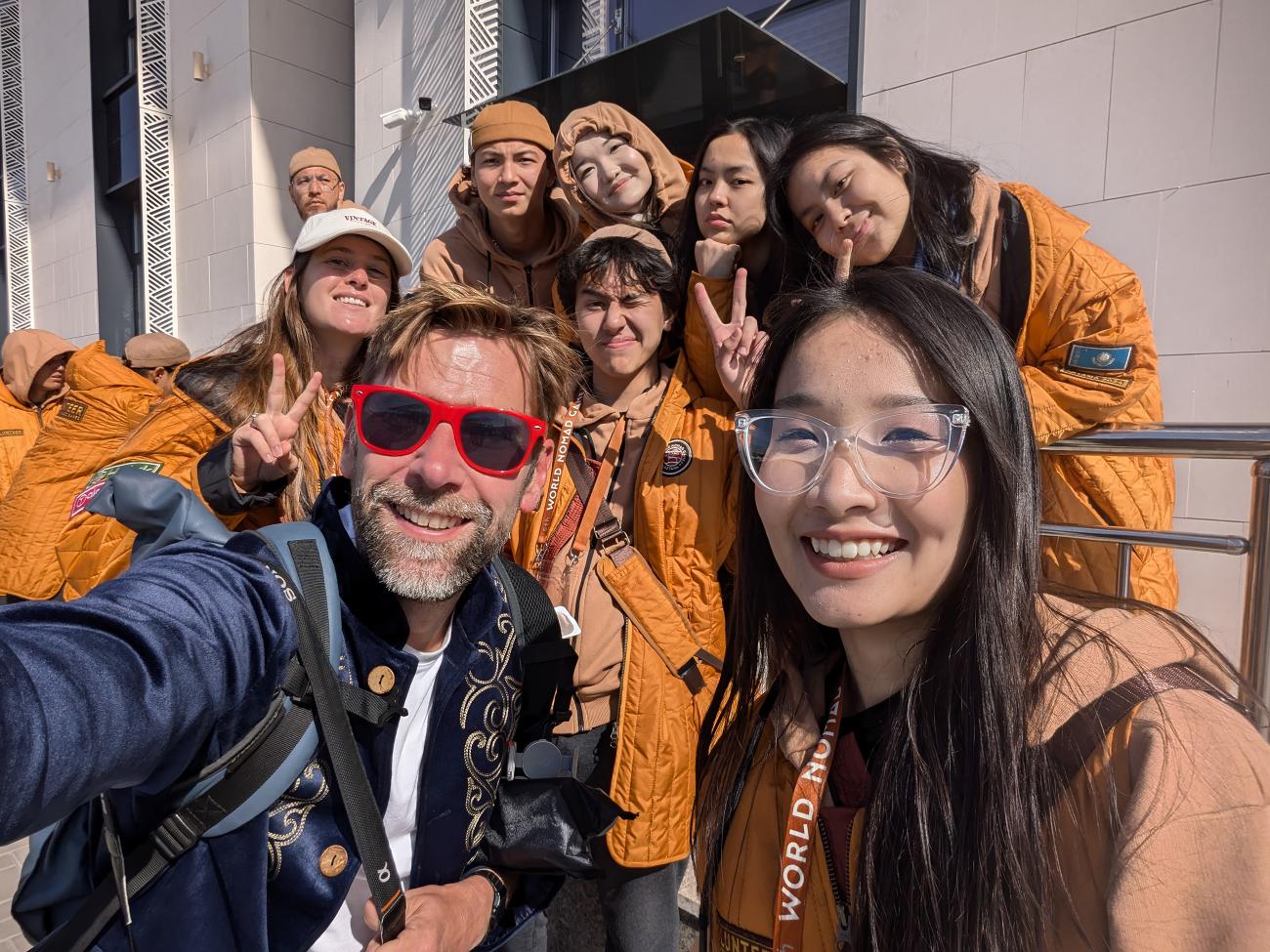
Travelling between the events, the city put on free shuttle buses, and thankfully the extremely helpful volunteers (above) spoke good English to help the spectators navigate their way around. Crowds were largely Central Asian, with an impressive and noisy following from Kyrgyzstan, but there were a smattering of Brits, Americans, Indians and Spanish in attendance.
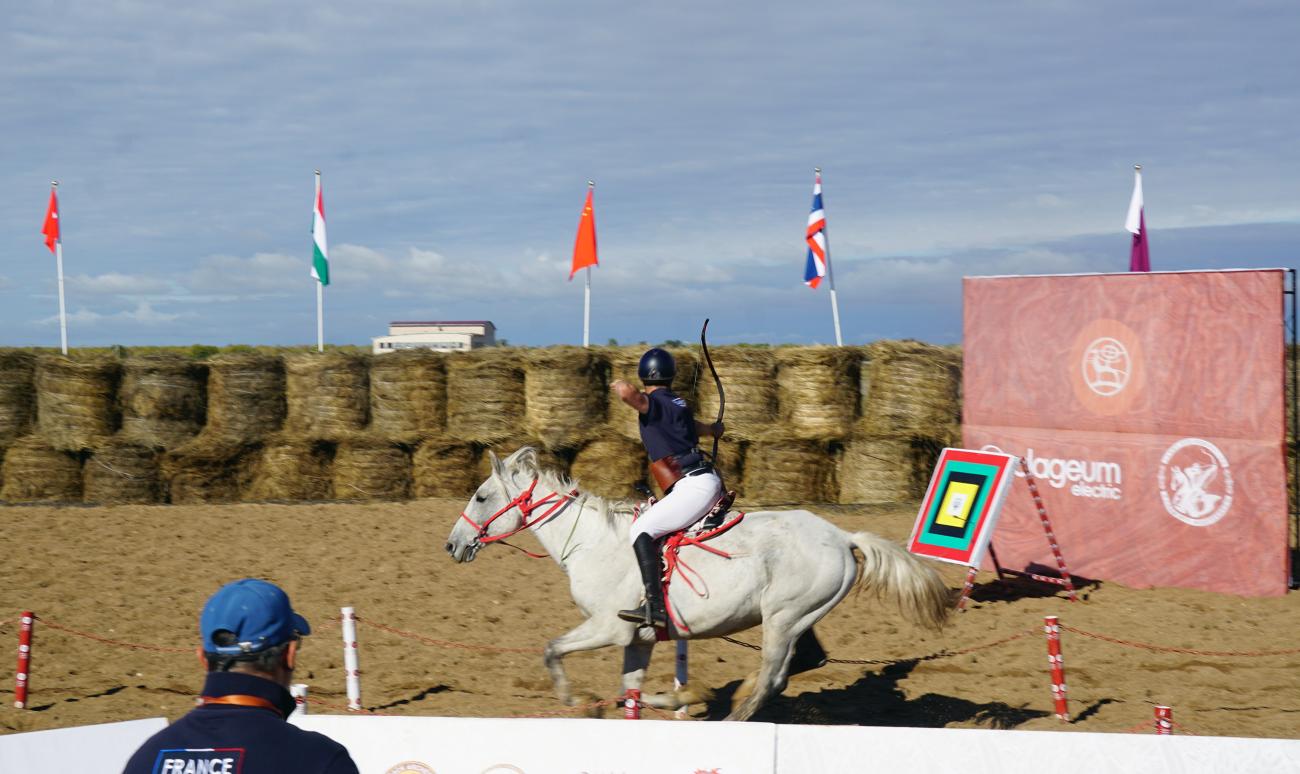
But aside from the celebration of nomadic culture, let’s not forget the main purpose of these games: a world cup of ancient sports which have been played on the Central Asian steppe for centuries. The main medal hopefuls were the ‘Stans, but there were also large teams from Turkey, Russia, China, Iran and Hungary. My favourite event was the Horseback Archery, where riders have 14 seconds to gallop past four targets, unleashing arrows at pace, with the winner being the one with the most points and the lowest time. Then there is the pick-up, where riders gallop along leaning impossibly out of their saddle to grab a trophy from the ground, which was traditionally a bank note but for the purposes of making it a spectator sport, was a red marker. The traditional archery resembled a fancy dress convention, with competitors from Mongolia, Bhutan and Indonesia dressed in their splendid finery. But for sheer excitement, nothing can really touch Kokpar, and it’s cousin Kok Boru (think the difference between rugby league and rugby union).
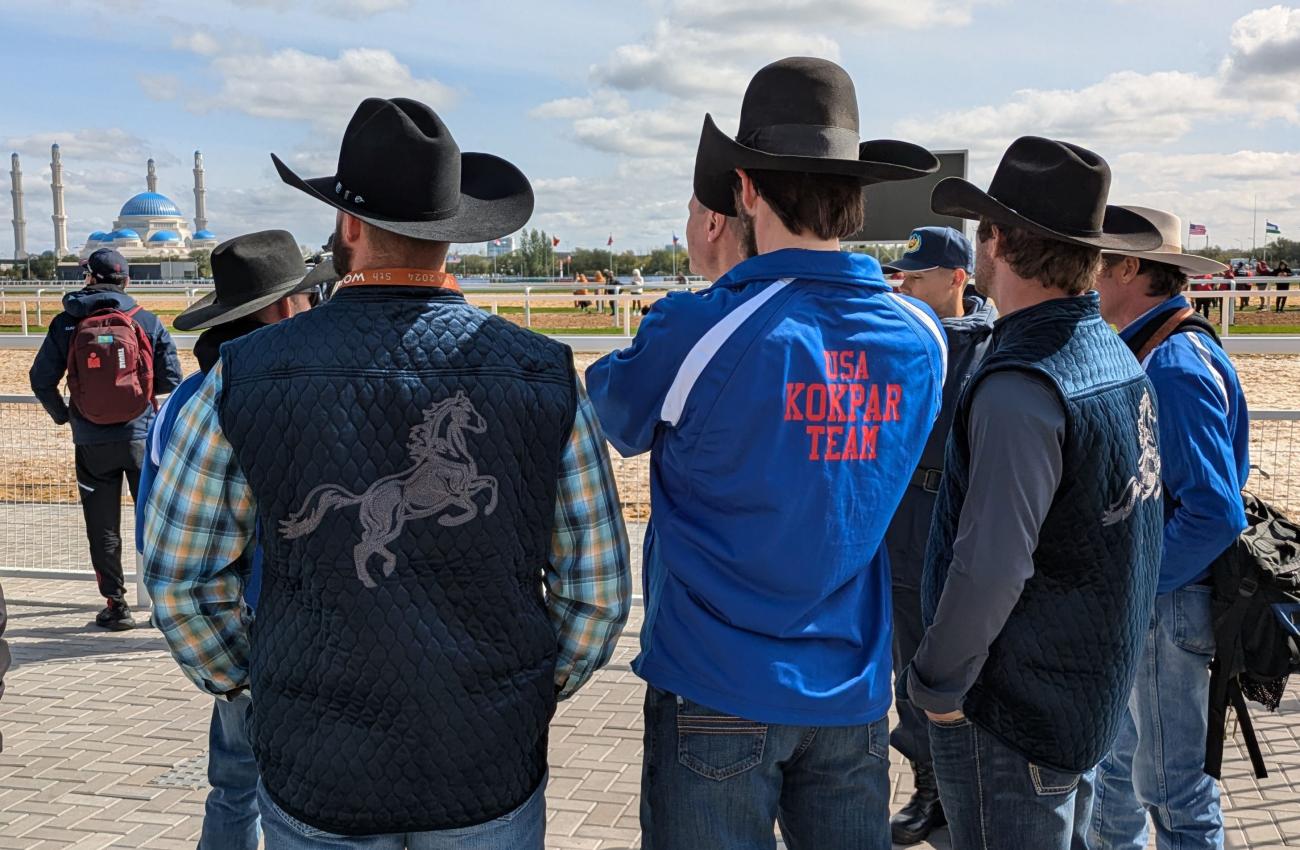
The Kokpar was expected to be dominated by the two titans of the sport, Kazakhstan and Kyrgyzstan, but a special mention must be made of the US Kokpar team, consisting of Texan cowboys, who may have lost every game but won the admiration of Kazakhs for trying their hand at their alien and rough sport, and styling it out in their ten-gallon hats.
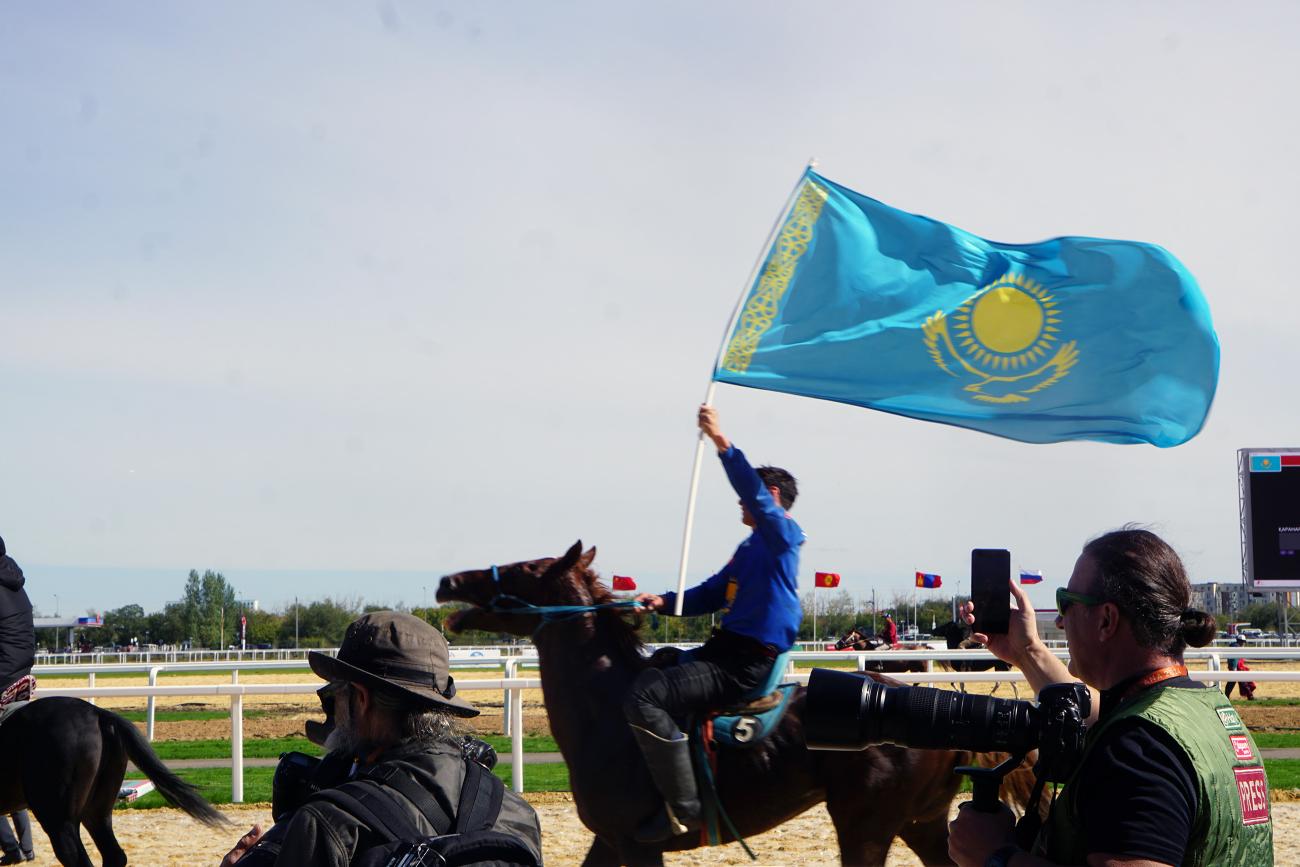
True to form, Kazkahstan met Kyrgyzstan in the Kokpar final, with the atmosphere of a World Cup final. The game was as close as could be, with Kazakhstan winning 5-4 thanks to a golden goal in extra time, much to the delirium of their fans. It was all smiles afterwards as the Kazakhs hugged their Kyrgyz brothers, and in any case Kyrgyzstan got their revenge, beating the Kazakhs in the Kokboru final later that day.
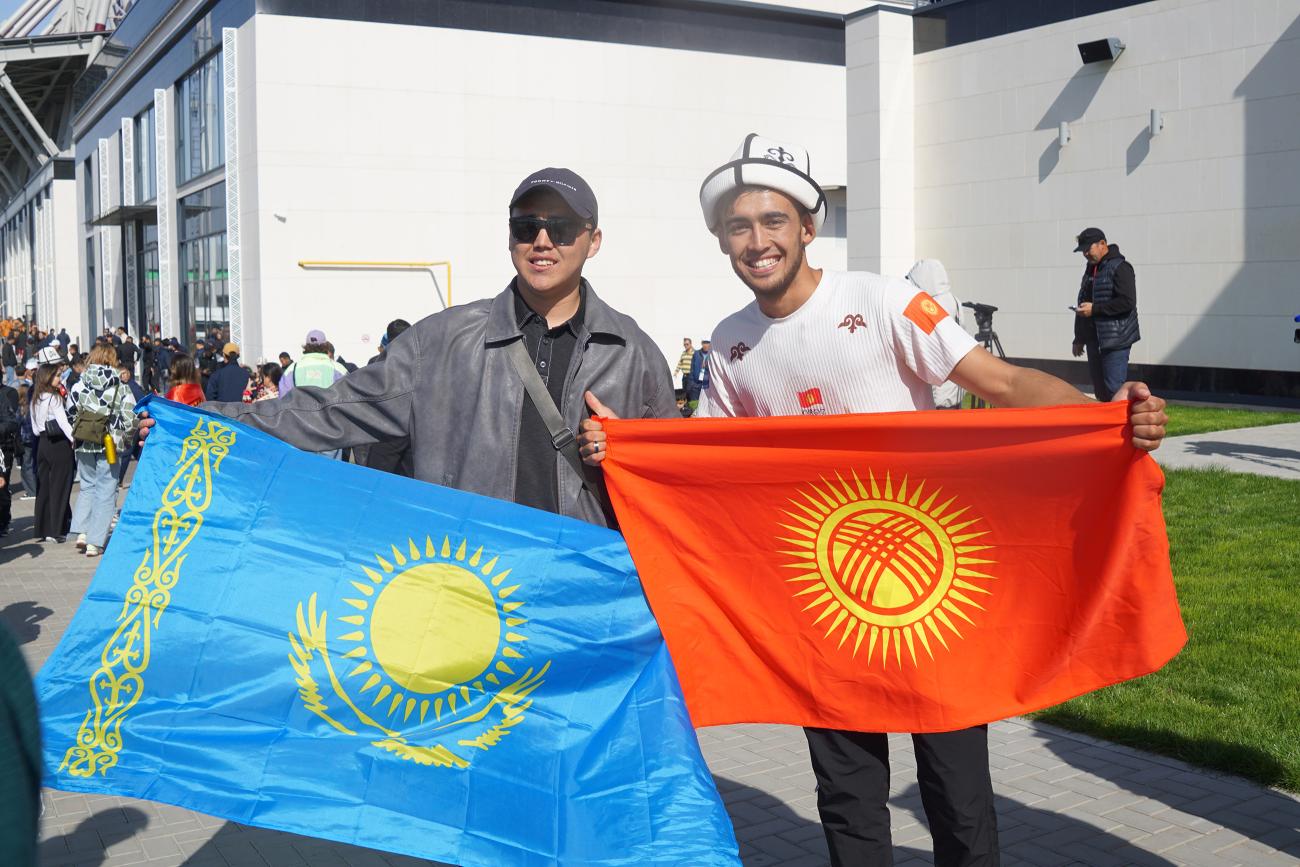
89 countries competed in the World Nomad Games, including a British tug of war team, in what is now truly a global shindig. The games are a joyous celebration of the rich traditions of the steppes, and it’s over to Kyrgyzstan for the 2026 World Nomad Games. They have some act to follow.
